Via Rhonda Callow, Gold River Volunteer Fire Department
If you drove past the Village Office parking lot on the morning of April 26th you probably saw some first responder action going on and wondered what was happening. It’s not often you can see emergency vehicles and teenagers being carried away on stretchers and think, “good, I hope they learned from this.” But if you witnessed this event, that’s exactly what you could think.
Local first responders and health care providers teamed up with the P.A.R.T.Y Program (which is an acronym for Prevent Alcohol and Risk-Related Trauma in Youth) to give GRSS students a glimpse into what happens when they choose to be involved in risky behaviour. The P.A.R.T.Y Program’s mission statement sums up the morning’s events perfectly, “To promote injury prevention through vivid clinical reality, enabling youth to recognize risk, make informed choices and identify potential consequences about activities and behaviours.”
GRSS students were divided into four groups and rotated through interactive stations, following the path of a trauma patient.
Crash Scene
Paramedics, first responders from the fire department, and two volunteer students demonstrated a crash scene scenario where two kids were out on their quad, drinking, and crashed into a tree. One teen was impaled by the handlebars of the quad while the other was ejected from the vehicle, hit a tree and was unresponsive with an obvious head wound. GRSS students watched as paramedics and first responders worked together to try to stabilize, treat, and transfer the youth into the waiting ambulance. Given the lack of cell service in Gold River and the intricate network of backroads in and around the area, it was explained to students that it could be a very long wait for help to arrive, especially if they’re unable to flag down help themselves or if they need to wait for Search & Rescue to arrive from Campbell River.
Trauma Room and Morgue
Over at the Gold River Health Clinic, students visited the trauma room where nurses showed them what efforts and equipment would go into saving the patients’ lives, as well as explaining what it would look and feel like to be a trauma patient. Students also saw the morgue, where their peers would end up if they were unable to be resuscitated.
Disability/Rehabilitation
At the school board office, students learned what life might look like if they were left with a permanent brain or spinal cord injury. After listening to a recording of a brain-injured teen to understand how difficult it can be to communicate, students attempted to fill in a simple form while looking in a mirror, simulating the disconnection between the brain and hands when suffering from a brain injury. To further demonstrate the loss of motor control, students also attempted to button up a shirt using a specialized device while wearing mittens.
Consequences/RCMP Station
Students were given the opportunity to listen to and engage with the RCMP, learning additional implications of the decisions they make. They talked about the consequences of drinking and driving, as well as distracted driving. Also in attendance was an ICBC representative who brought along a video simulator which allowed students to experience what happens when you’re distracted while driving – one scenario, for example, had a dog running out into the street, while another had cell phones ringing.
Photos
Below are several photos from the P.A.R.T.Y Program event. Our hope—as emergency personnel, community members, and parents—is that students will learn from this experience and make smart choices when is comes to taking risks.
[email_link]

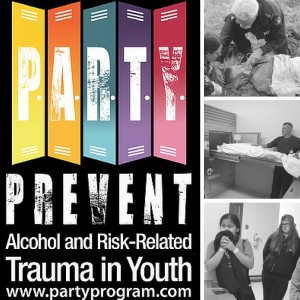
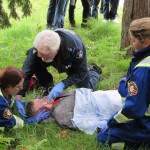
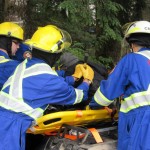
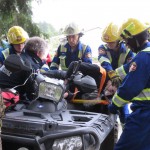
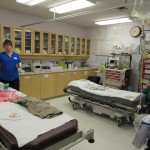
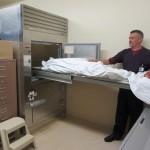

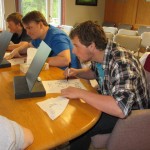
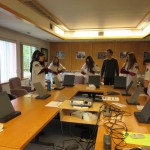
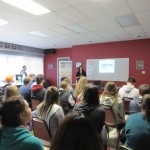
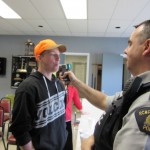
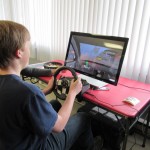
1 thought on “P.A.R.T.Y Program Helps Educate GRSS Students on Risky Behaviour”
Great job to all the first responders that came out and joined us that day! Hopefully we made an impact! Also, thank you to Carrie McPherson for her help in making the injuries look real through make up. And a big thank you to Connor Creelman and Michael Leduc for volunteering to be the “patients” at the crash scene!
Comments are closed.